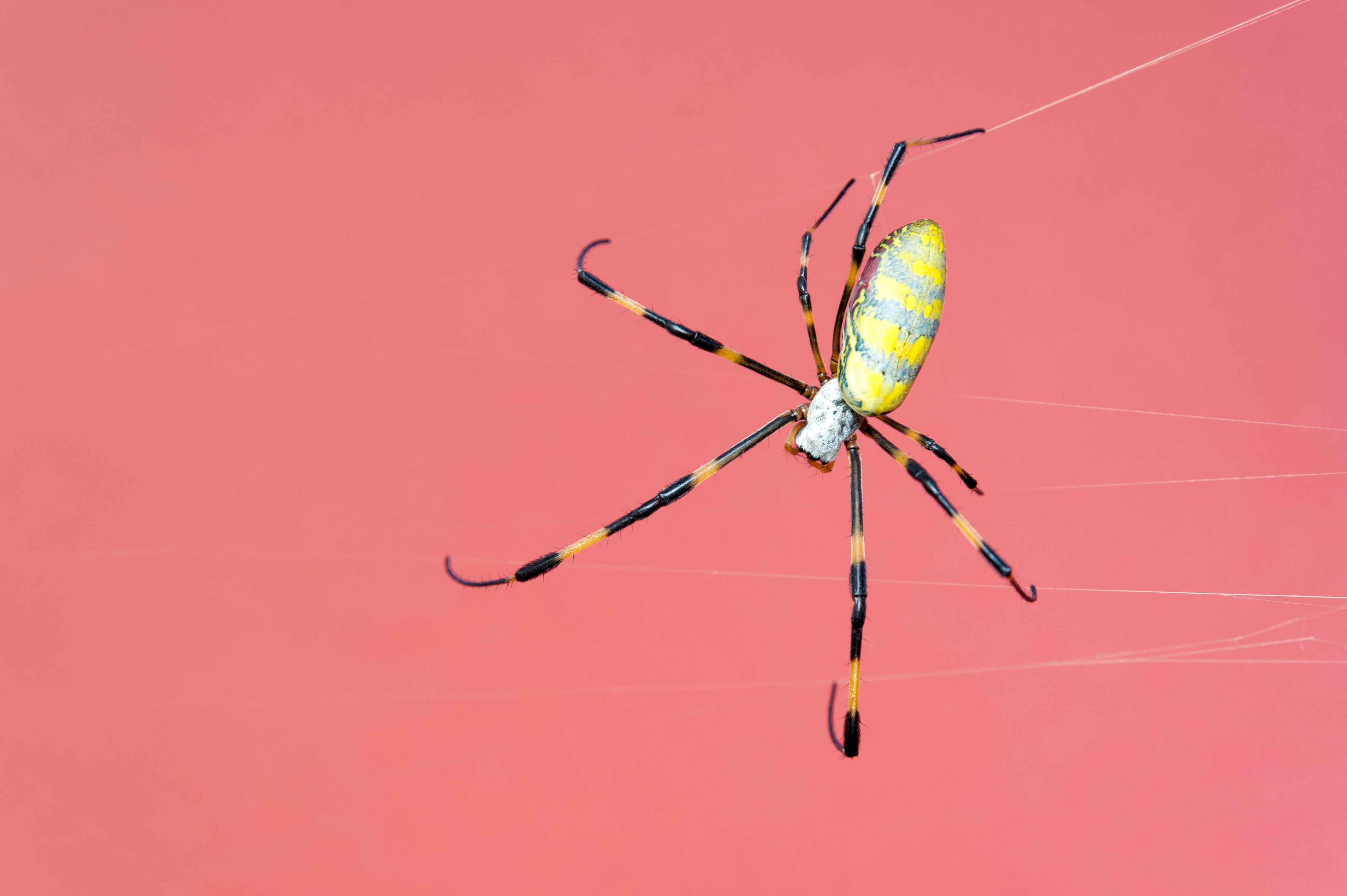Taxonomy and Distribution: Flying Spiders

Flying spiders belong to the order Araneae, which includes all spiders. Within this order, they are classified into two main families: Uloboridae and Linyphiidae.
Like a scene from a fantastical film, flying spiders, with their gossamer wings, dance through the air, defying gravity. Their graceful movements recall the ethereal presence of Dean-Charles Chapman , the actor whose captivating performances seem to float effortlessly on screen.
These spiders, with their otherworldly beauty, echo the enchanting quality that Chapman brings to his roles, reminding us of the transformative power of art.
Flying spiders are found worldwide, with the exception of Antarctica. They are most common in tropical and subtropical regions, but can also be found in temperate climates. They typically inhabit forests, grasslands, and other areas with abundant vegetation.
Unique Adaptations for Aerial Locomotion
Flying spiders have evolved several unique adaptations that allow them to fly. These adaptations include:
- Long, silken threads that they release into the air to catch the wind.
- Feathery hairs on their legs that help them to glide.
- A lightweight body that makes it easier for them to stay aloft.
Behavior and Ecology

Flying spiders, with their unique ability to glide through the air, exhibit fascinating behaviors that set them apart from their terrestrial counterparts. They employ diverse hunting techniques, engage in intricate mating rituals, and play a crucial role within the food chain and ecosystem.
Hunting Techniques
Flying spiders utilize various strategies to capture prey. Some species, like the balloon spider, release silk threads that act as a dragline, allowing them to be carried by the wind. When they encounter potential prey, they quickly descend and ensnare it in their sticky webs. Other species, such as the ogre-faced spider, actively hunt on the ground, using their keen eyesight and swift movements to pounce on unsuspecting insects.
Mating Rituals and Social Interactions
Flying spiders exhibit a range of mating behaviors. Male spiders often perform elaborate courtship displays to attract females, including waving their legs, vibrating their webs, or producing pheromones. Females typically select mates based on the quality of their displays and the size of their webs. After mating, females lay eggs in silken sacs, which they guard until the young spiders hatch.
Social interactions among flying spiders are limited, as they are generally solitary creatures. However, some species, like the social huntsman spider, live in loose colonies and cooperate in capturing prey.
Role in the Food Chain and Ecosystem, Flying spiders
Flying spiders occupy an important niche within the food chain. As predators, they help control populations of insects, including pests that can damage crops and spread diseases. They are also a source of food for larger animals, such as birds and reptiles. By consuming insects, flying spiders contribute to the cycling of nutrients within the ecosystem.
Cultural Significance and Mythology
Flying spiders, with their unique ability to glide through the air, have captured the imagination of cultures worldwide. They feature prominently in folklore, literature, and art, often embodying a mix of fear and fascination.
Mythological Symbolism
In many cultures, flying spiders are associated with the supernatural and the otherworldly. In ancient Greece, they were believed to be messengers from the gods, while in Celtic mythology, they represented transformation and rebirth. In some Native American traditions, they are seen as guardians of the spirit world, guiding souls to the afterlife.
Folklore and Superstitions
Flying spiders have also been the subject of numerous superstitions. In some regions, it is believed that seeing a flying spider brings good luck, while in others, it is considered a sign of impending danger. In some cultures, it is said that killing a flying spider will result in bad luck or even death.
Literature and Art
Flying spiders have been featured in countless works of literature and art. In the novel “The Lord of the Rings,” the giant spider Shelob is a formidable adversary to the Fellowship. In the painting “Arachne” by Diego Velázquez, a young woman is transformed into a spider, reflecting the mythological connection between spiders and weaving.
Flying spiders, with their eerie ability to float through the air, have always fascinated and instilled fear in humans. However, in the realm of OSHA, where safety is paramount, there exists a hidden order known as the “OSHA acolyte.” These acolytes, trained in the intricate art of workplace hazard mitigation, approach flying spiders with a unique blend of caution and respect.
They understand that while these arachnids may appear harmless, they can pose a potential threat to workers in certain industries. By integrating their knowledge of OSHA regulations with their understanding of spider behavior, the OSHA acolytes ensure that flying spiders are dealt with in a safe and responsible manner, preserving the well-being of both humans and the spiders themselves.
Flying spiders, with their delicate webs that catch the wind, have always fascinated me. They remind me of the enigmatic Alec Baldwin , whose enigmatic aura and unpredictable nature have captivated audiences for decades. Just as Baldwin’s persona can shift from charming to volatile, so too can the flying spider’s trajectory, soaring high one moment and then plummeting earthward the next.
Like ghostly apparitions in the night sky, flying spiders drift through the air, their silken threads carried by the wind. They are ethereal creatures, their movements as graceful as a starliner launch. Their journey, like the launch of a spacecraft, is filled with anticipation and wonder.
Yet, unlike the starliner, their destination is not the stars, but the embrace of a new home.
In the twilight’s embrace, when the flying spiders dance in the breeze, a question stirs within the shadows: what time does the acolyte come out? Here , in the realm of the unseen, the boundaries blur as the spiders’ silken threads intertwine with the threads of fate.
Their delicate steps echo through the silence, a reminder that even in the most ethereal of realms, time weaves its intricate tapestry.